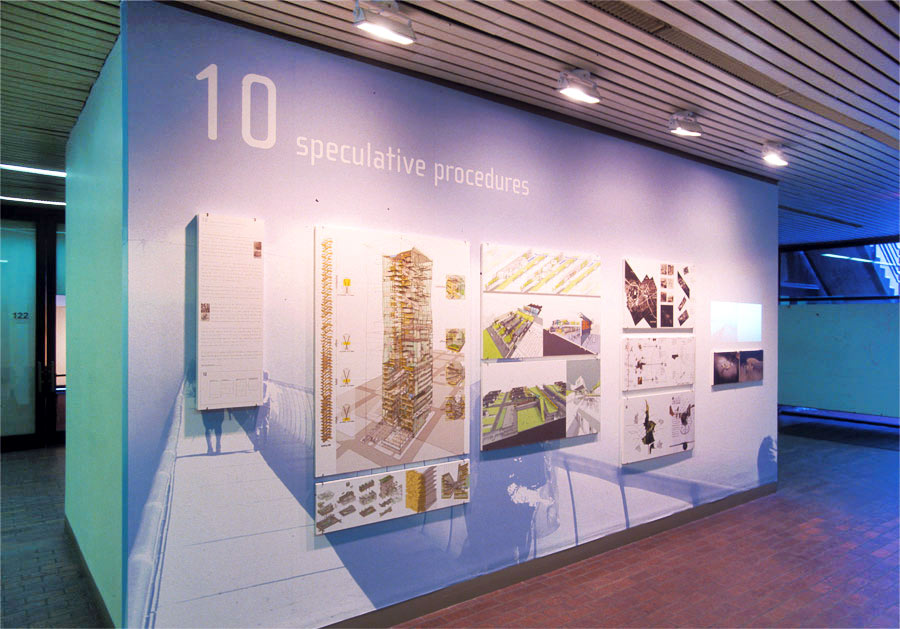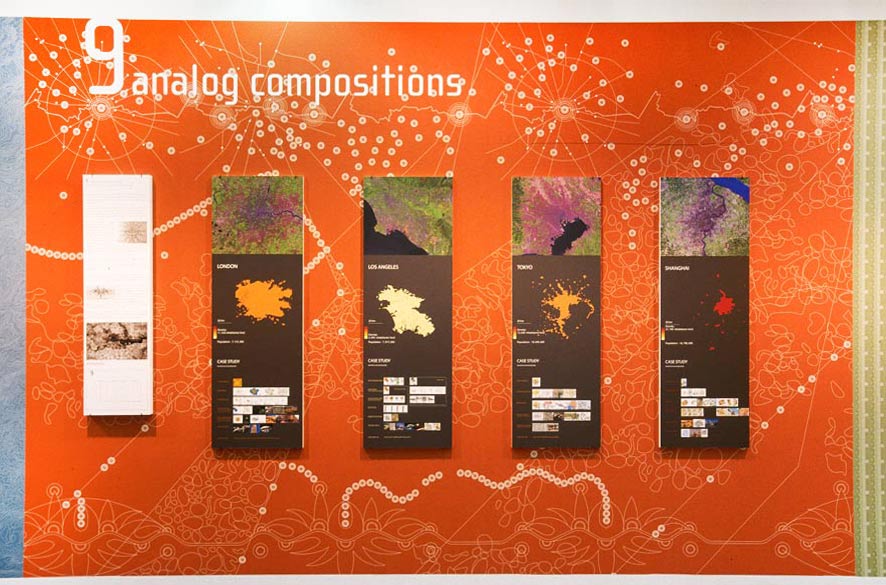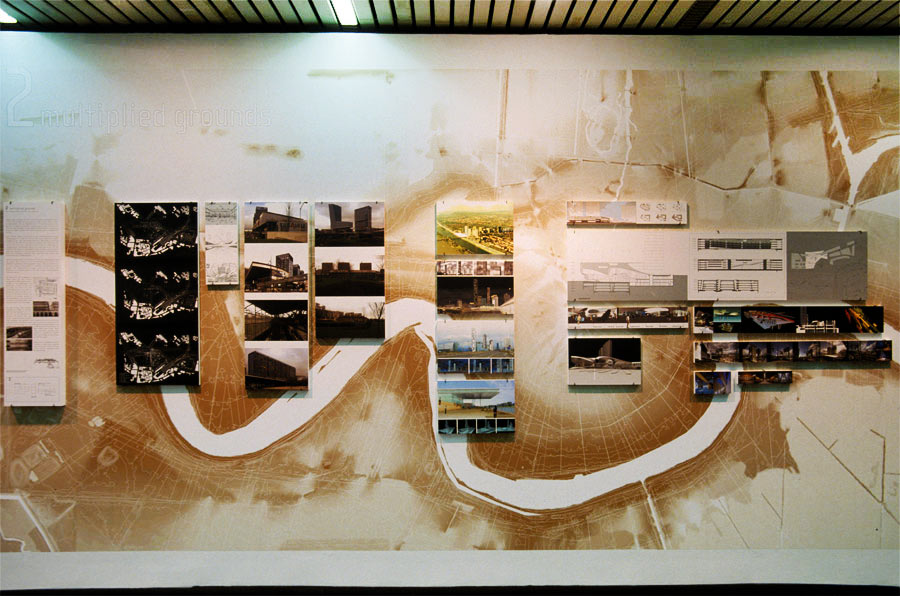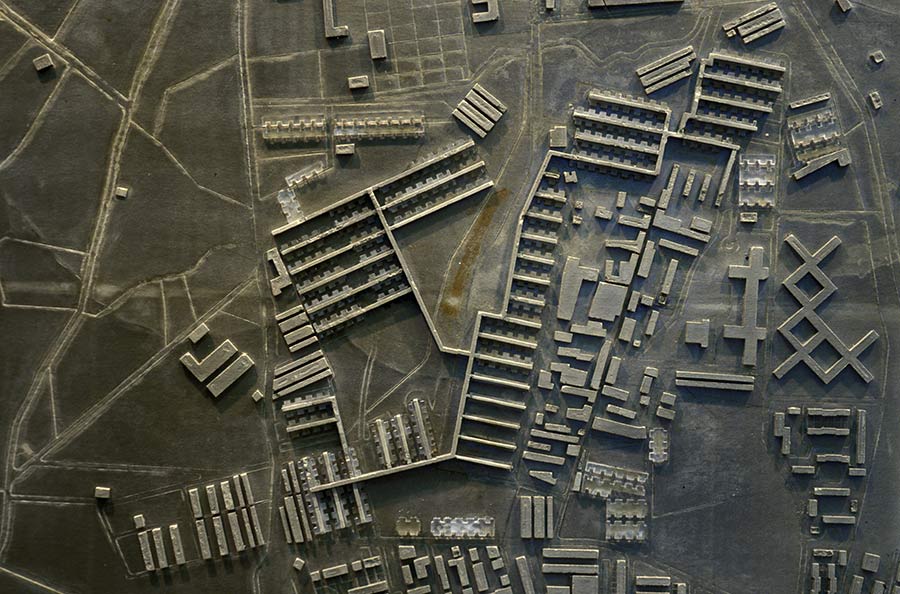Cities: 10 Lines: Approaches to City and Open Territory
December 1, 2005–January 16, 2006
Martin Bucksbaum Professor Joan Busquets, curator
In collaboration with Felipe Correa
“Cities: 10 Lines, Approaches to City and Open Territory Design” is an exhibition curated by Joan Busquets, Martin Bucksbaum Professor in Practice of Urban Planning and Design, in collaboration with Felipe Correa, Design Critic in Urban Design. This exhibition is the outcome of extensive faculty research seminars carried out over three years titled “Design on Cities” which frames lines of work in the contemporary city. The seminars focused on the development of a pedagogic taxonomy that allows us to better understand the methods and tools with which designers currently shape cities and open territories.
In the last few decades, we have witnessed a significant shift in the way in which designers are projecting the city. These new ways of working in the built environment are being deployed in multiple settings and encountering a wide array of cultures, scales, and intensities. Furthermore, the notion that urban grounds can be successfully refurbished is expanding rapidly, and the innovative nature of these interventions is creating spaces of an unprecedented urban quality.
The scope of this exhibition broadly focuses on:
– New ways to organize infrastructure and program
– The role of the designer as an agent within the
broader public/private field
– Technological changes fueled by a post-
industrial context
– New understandings of operative contextualism
More specifically, the show focuses on an in-depth portrayal of the most relevant lines of work currently being deployed in the built environment. The taxonomy that serves as a framework for the exhibition is as follows: 1. Synthetic Gestures, key buildings with urban synergies; 2. Multiplied Grounds, the large urban artifact as a driver; 3. Tactical Maneuvers, minimum critical mass as a driver; 4. Reconfigured Surfaces; the restructuring of fine-grain open space; 5. Piecemeal Aggregations, the urban project at the intermediate scale; 6. Traditional Views; the revival approach; 7. Recycling Territories, large landscapes and decentralization; 8. Core Retrofitting, the updating of historic cores; 9. Analog Compositions, rethinking the master plan and its scales; 10. Speculative Procedures, experimental investigations in urbanism.
This research will endow the viewer with a framework about the role of the designer in the built environment as well as possible strategies and/or actions that can be taken upon encountering different projects and contexts. Furthermore, this investigation is one more initiative to develop a stronger urban culture that is more attuned to a post industrial condition, and acknowledges its inherent potential for new forms of urbanity.
The exhibition documents the most significant, worldwide case studies of each approach and works its way back to their precedents and referents, establishing a theoretical framework and critical assessment of each line of work. A catalog is forthcoming.



